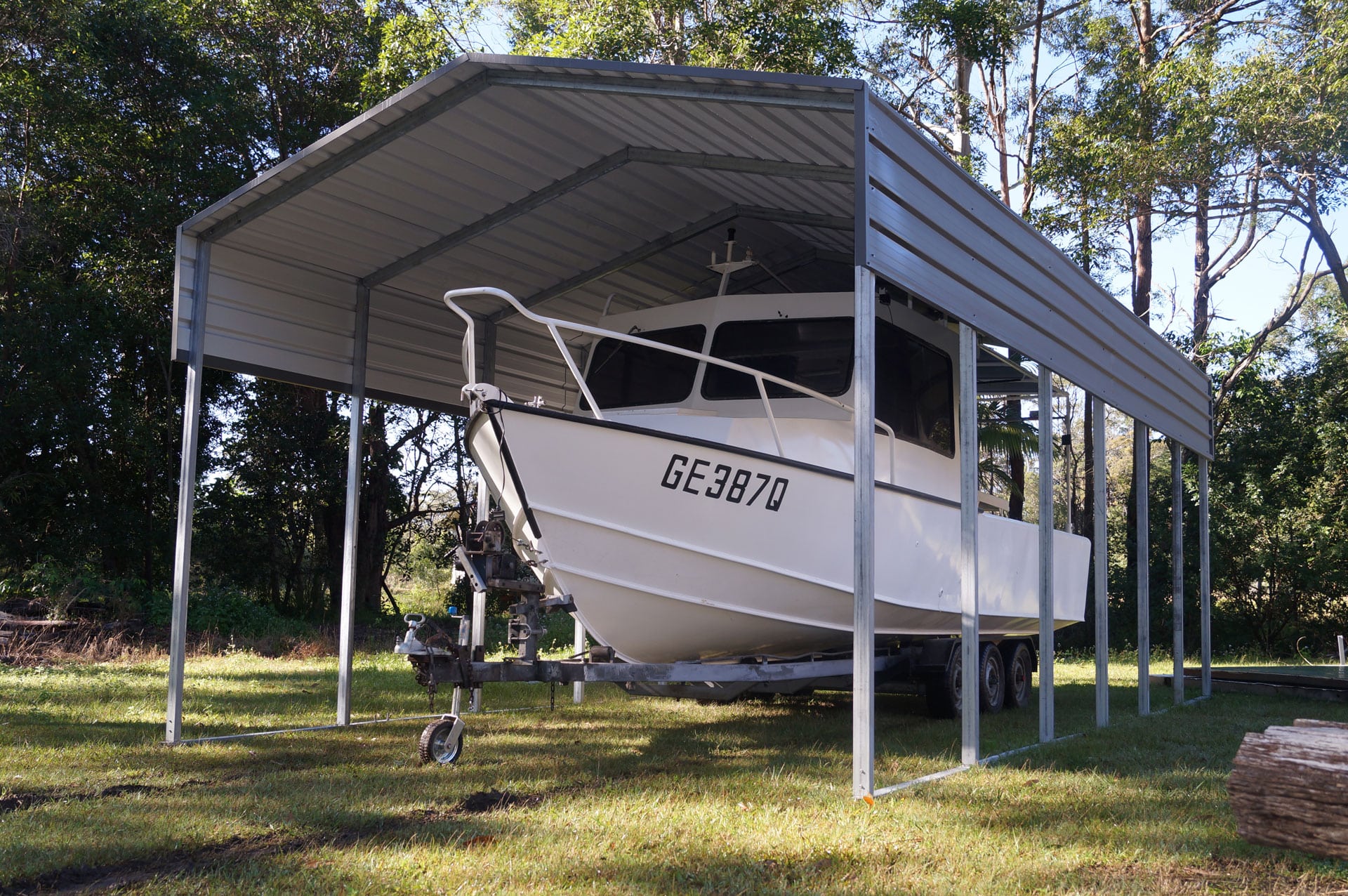Do You Need Council Approval For A Shed?
The excitement of planning a new storage area for your property often comes with an important question: do you need council approval for a shed? As your trusted Australian experts at QLD Shade Sheds, we understand that navigating council requirements can feel like a maze. The good news is that we’re here to guide you through every step of the process, ensuring your shed project stays on the right side of local regulations.
Understanding Council Approval Requirements
The key factors that influence approval requirements include:
- Your location and local council rulings
- The size and height of your proposed shed
- Your property’s zoning
- The shed’s intended use
- Your property’s overlay codes (this refers to unique characteristics of a property related to government interests, features to protect, valuable resources, flooding issues, etc.)
What Size Shed Needs Council Approval?
One of the most common questions we receive at QLD Shade Sheds is about size requirements for council approval. While specific regulations vary by location, some general guidelines apply across most Australian councils.
Exempt From Approval (In Many Areas But Not All):
- Small garden sheds under 9-10m²
- Sheds with a maximum height of 2.4m
- Structures that meet minimum boundary setbacks
Usually Requires Approval:
- Sheds larger than 10m²
- Structures exceeding 2.4m in height
- Sheds for business or industrial use
- Projects in heritage or environmentally sensitive areas
It’s important to note that these are general guidelines only. Even if your shed falls within the exempt category, other factors, such as your property’s overlay codes or local planning schemes, might still trigger the need for approval.

Why Council Approval Matters
Many property owners wonder why council approval is necessary, especially for seemingly straightforward projects like building a shed. The reality is that council approval serves several important purposes beyond mere bureaucracy. For example, it ensures your structure meets safety standards and complies with local planning requirements, which ultimately protects both you and your neighbours.
Proper approval also safeguards your investment. When it comes time to sell your property or make an insurance claim, having the right approvals in place can prevent costly complications.
What Happens if You Build a Shed Without Council Approval?
Building without required approval can lead to serious consequences, both immediate and long-term. Some property owners have faced substantial fines from their local council, and in some instances, people were required to modify or even demolish non-compliant structures. These situations create significant stress and can result in considerable financial loss.
Beyond immediate penalties, unauthorised structures can create problems when selling your property or making insurance claims. Many insurance companies may reject claims related to unapproved structures, leaving you vulnerable to financial risk. Plus, prospective buyers or their conveyancers often check council records, so discovering an unapproved structure can complicate or derail a property sale.
Steps To Obtain Council Approval
The approval process might seem daunting, but breaking it down into manageable steps makes it more approachable. Start by contacting your local council or using their online planning portal to understand specific requirements for your area. Most councils have helpful staff who can guide you through their particular process.
The documentation you’ll usually need includes:
- Site plans showing shed location
- Construction drawings
- Engineering certificates
- Material specifications
Once you’ve gathered all necessary documentation, submit your application and pay the relevant fees. The assessment period varies by council but usually takes between 2-8 weeks. During this time, the council may request additional information or suggest modifications to ensure your project meets all requirements.

How We Can Help
At QLD Shade Sheds, we’ve successfully helped countless customers navigate the approval process. We understand that council approvals can be a critical step when planning to build your shed. While we don’t handle the application process directly, we ensure you have everything you need to make the process as smooth as possible and support you every step of the way.
Once you place an order and pay a deposit, we provide an Engineering Certificate and Form 15 (or the relevant compliance certificate for your state), which you can use to lodge your application with your local council. Your order will remain “Pending Council” until you notify us of the outcome. If your application is approved, we’ll start manufacturing your quality COLORBOND® shed right away. In the unlikely event of a declined application, we offer a full refund of your deposit.
Our support includes:
- Provision of compliant shed designs
- Supply of necessary documentation
- Guidance throughout the approval process
- Ensuring your shed meets all relevant standards
Expert Advice For Your Shed Project
Starting your shed project on the right foot makes all the difference. We recommend beginning with a thorough understanding of local requirements before making any commitments. Allow plenty of time for the approval process, and consider consulting a building certifier for complex projects if needed. Most importantly, keep detailed records of all documentation related to your shed project.
Get Started Right
Ready to begin your shed project? The friendly team at QLD Shade Sheds is here to help make the process as straightforward and stress-free as possible for you. With our expertise in building sheds and commitment to quality, we’ll help you ensure your new project meets all requirements while delivering the storage solution you need.
Contact us today to speak with one of our professional team members or request a free quote for the shed of your choice. We sell shade sheds and portable carport kits designed with safe and easy DIY installation in mind, so they’re easy for novices and professionals alike to put together.
Please note: Council requirements can change, so this guide is general advice only. Always check with your local council for current regulations specific to your area.





